EU CLP Update: What the New ED/PBT/PMT Classification Deadline Means for Industry
From 1st May 2025, the EU’s CLP Regulation entered a new phase: companies placing new substances on the EU market must now assess and classify them against recently introduced hazard classes covering endocrine disruption (ED), persistence, bioaccumulation and mobility (PBT, vPvB, PMT, vPvM). These changes, introduced under Delegated Regulation (EU) 2023/707, signal a growing emphasis on chronic and environmental hazards and a new compliance challenge for manufacturers, importers, and downstream users.
The New Requirements
The updated CLP framework adds six new hazard classes:
Endocrine Disruptors (ED) for both human health and the environment
Persistent, Bioaccumulative and Toxic (PBT)
Very Persistent, Very Bioaccumulative (vPvB)
Persistent, Mobile and Toxic (PMT)
Very Persistent, Very Mobile (vPvM)
These classifications must now be considered for all new substances placed on the market from May 2025 onwards. Classification must be completed before registration or placement on the EU market, with updates reflected in SDSs, labels, and notification to the Classification and Labelling Inventory.
In addition to the above, industry should also be considering the additional deadlines for existing substances, mixtures and new mixtures on the market.
Implications for Industry
This update has broad implications for chemical supply chains:
More Complex Hazard Assessments: Determining ED or PMT properties requires expert analysis and potentially new data generation. These assessments go beyond standard physicochemical or toxicological profiles, often requiring weight-of-evidence approaches and regulatory interpretation.
Supply Chain Pressures: Companies relying on upstream suppliers for SDSs and classifications must now verify whether substances are correctly classified under these new hazard categories. This may affect procurement timelines, documentation workflows, and product launch cycles.
Increased Risk of Market Disruption: Failure to classify appropriately can lead to enforcement action or restricted access to the EU market, particularly for companies with limited in-house regulatory capacity or limited access to specialist hazard communication expertise.
A Trigger for Substitution or Restriction: Substances now classified under these hazard classes are more likely to be targeted under REACH Authorisation or Restriction processes, creating longer-term commercial and compliance risks.
How Yordas Supports You
Our Hazard Communication team works with companies across sectors to ensure their classification, labelling, and SDS obligations are met accurately and on time.
Through Yordas Helix SDS Manager, our Managed Service and SDS authoring solutions, we offer full-service support to help you assess substances against the new ED/PBT/PMT criteria, prepare compliant SDSs and labels, and manage downstream communications. This is not just about meeting today’s deadline, but staying ahead of what’s next.
Our approach combines scientific rigour with practical delivery, helping clients respond confidently to evolving regulatory demands, whether through one-off support or ongoing compliance management.
Looking Ahead
While this deadline currently applies to new substances, the same classification duties will extend to existing substances from 1st November 2026. Now is the time to begin reviewing portfolios and staying ahead of the curve.
To discuss how our Hazard Communication team and Managed Service can support your business through these changes, get in touch today by clicking here.
Stay up-to-date about upcoming regulatory changes by signing up to our newsletter.
